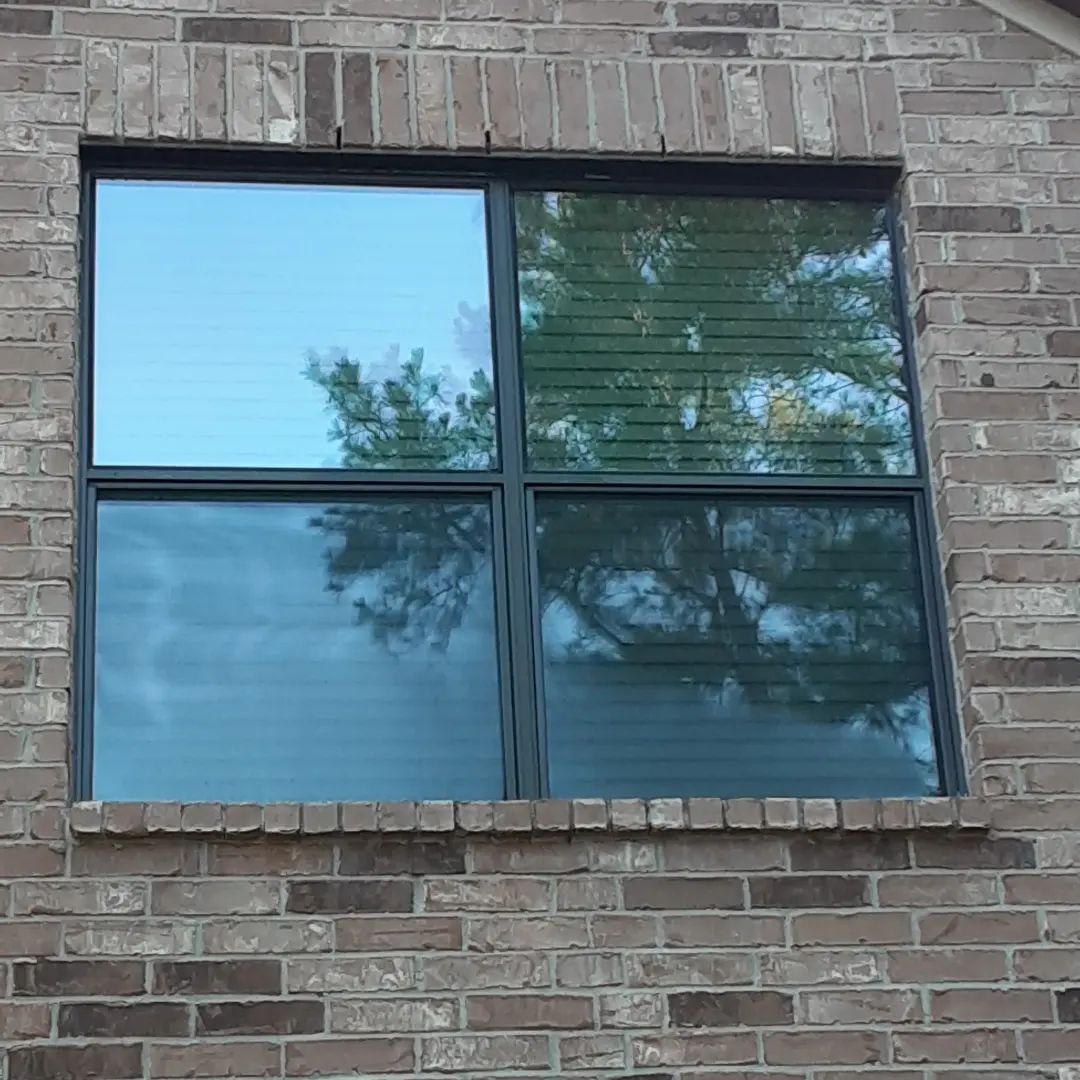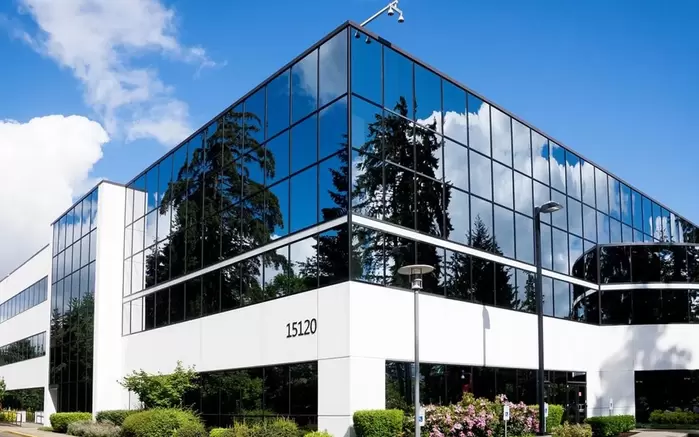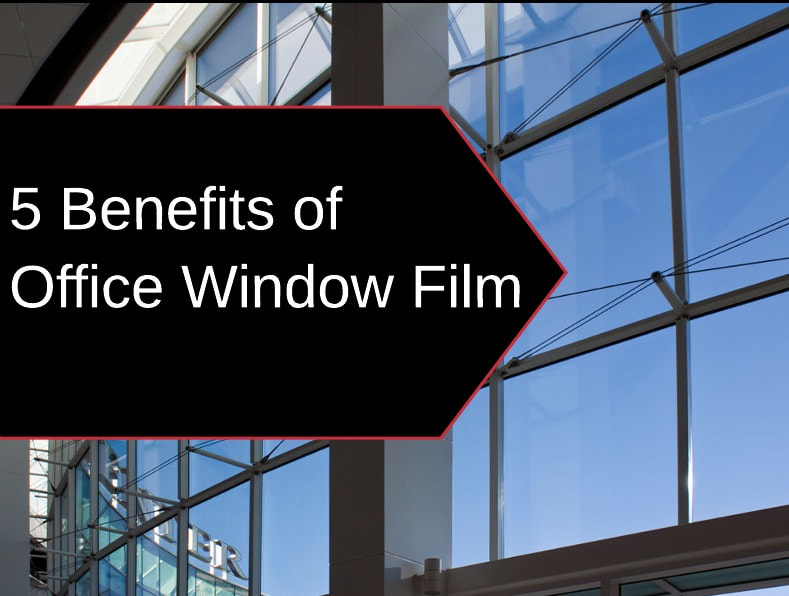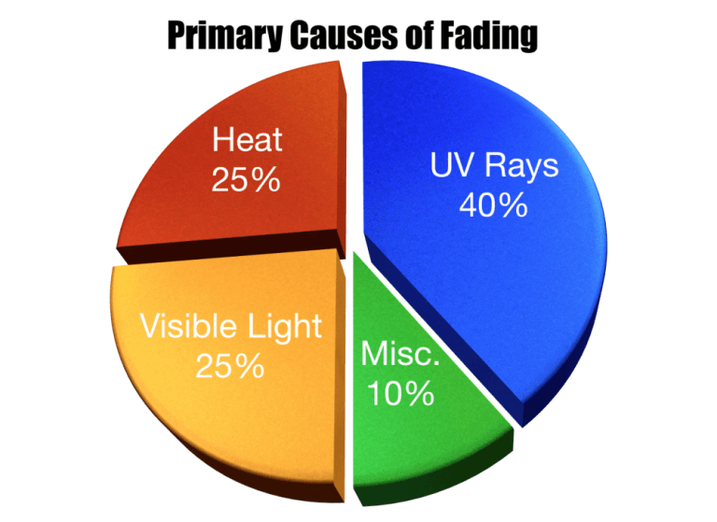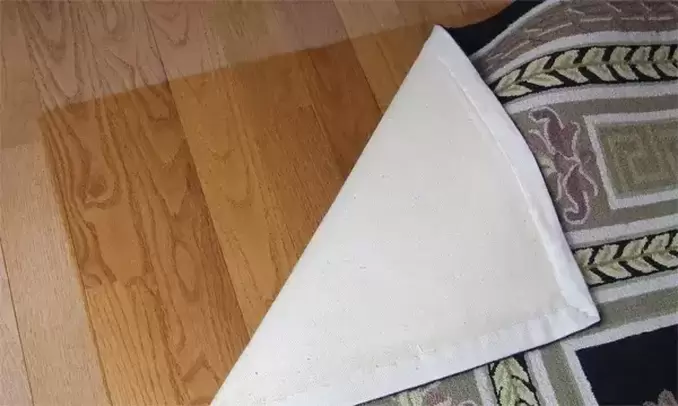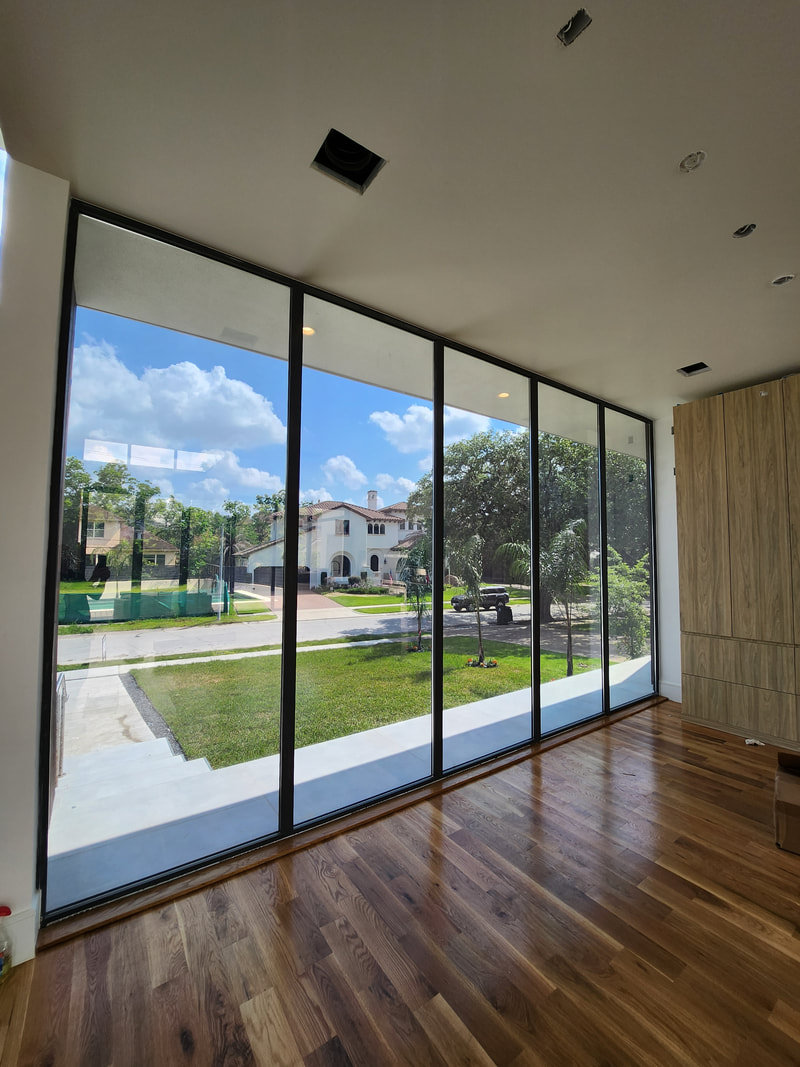|
Heat blocking window films are well known solutions for uncomfortable heat and glare. Many customers come to us wanting to know how to cool their homes and offices. Window films will block harmful UVA and UVB rays, and most of our films reduce some amount of heat and glare. The question then, is which window film will block heat the best?
If you’re looking to cool your rooms and privacy isn’t a concern, solar film is a good option. Solar film comes in a variety of different colors and shades, all of which reduce some amount of heat and glare. While solar film will help reduce heat and reduce glare in your home or office, it doesn’t provide any added privacy. If you are looking for both privacy and cooler rooms, solar film probably isn't the answer. Reflective window film on the other hand might be. Reflective window film reduces the maximum amount of heat, as well as increases privacy. When we compare reflective window film to solar film, keep in mind that reflective window film is darker and thus blocks more heat than standard solar film. For example, One way mirror film blocks the most heat, light, and glare. darker and more reflective tints offer greater heat rejection than lighter tints across the board.
Reflective Films
Silver reflective window film series is made up up R20 R35 and R50 is a good compromise between maximal heat rejection, privacy, and cost. The number means that in the series, R20 lets in the least amount of light (20%) and so has the darkest reflective silver tint. It blocks more than 80% of sun glare. R35 and R50 let in more light than R20 (here, 35% and 50% of light is let in, respectively), and so they are lighter than R20. The three films perform similarly otherwise, except in the numbers: R35 blocks 69% of glare, say, while R50 blocks 46%. Office buildings and businesses have different goals then homes, and reflective window film is common on commercial buildings. Commercial property managers often go with reflective window film because they get the maximum amount of heat rejection and privacy via mirror reflection. Ceramic Window FilmsCeramic Series The Ceramic Series is a technologically advanced product line with outstanding, top-performing films. The addition of ceramic technology enhances solar performance and infrared rejection, maintaining a fully non-metal construction for no signal interference with on-board or portable electronic devices. Our Ceramic Series is offered in a range of 9 darkness levels, all non-reflective with an attractive appearance that helps protect against change in color. Passengers and interiors are protected from 99% of UV rays, and vehicle cabin comfort is enhanced with outstanding heat and infrared rejection. Ceramic Tint Benefits: Advanced Technology Ceramic non-metal technology offers outstanding heat protection, comfort and style. Color Change Resistant Scientifically formulated for a non-reflective, attractive appearance with protection against change in color. Rejects & Blocks Great for passengers and interiors: outstanding rejection of heat and infrared rays, along with the power to block 99% of UV rays. Clear Communications Metal-free film won’t interfere with GPS navigation, satellite radio, cellular phones, and other electronic devices within a vehicle. Optical Clarity No hazy, foggy effects to interfere with visibility. Views of both road and roadside scenery are sharp and clear. Lifetime Limited Warranty I hope this was helpful. Feel free to leave any questions or comments below 😎
5 Comments
1. Window film saves money on office energy costs.
In Texas, where temperatures can get quite high during the summer, high utility costs are an issue for many offices. That’s why window film makes sense for Houston area office buildings. It boosts the insulating power of glass and prevents cooling loss, reducing energy costs by up to 30%. 2. Studies indicate window film may increase office productivity.
Window films such as SolaTek Solar window films have been shown to have a direct impact on office productivity. Daylight redirecting film increase the amount of natural brightness in building interiors, allowing employees to enjoy all the benefits of the sun. In addition to making employees more focused and productive, it can also decrease absenteeism rates. 3. Anti graffiti films prevent surfaces from being vandalized.
Graffiti can serious issues for building owners. Not only does graffiti look unattractive, but it can also be expensive to repair or replace the damaged structure. But that’s why there’s anti graffiti film. Anti graffiti film is an invisible shield that’s designed to protect surfaces from being damaged by scratching, etching, and other forms of vandalism and cover up existing graffiti. 4. Decorative films can be used for branding and promotional purposes.
Window film isn’t just about saving money on unnecessary expenses. It can also be used to grow your business too. Decorative films are perfect for branding and promotional activities and can help get the word out there about your company. 5. Security films keep office equipment and employees safe.
While it may be unfortunate, the truth is that the world can be a dangerous place. That’s why it’s important to take steps to protect your office building and the people and equipment inside it incase a dangerous situation arises. Security film accomplishes exactly this. Security film protects office buildings from intruders, natural disasters, accidents, and basically every other threat imaginable. Not to mention, it’s also affordable and it’s highly effective. I hope this was helpful. Feel free to leave any questions or comments below 😎 A common misconception is that UV rays are what cause faded floors and sun damage to furnishings. While they are certainly the largest component, as this chart illustrates, they only account for 40%. Solar heat and visible light are also major contributors, accounting for 25% of the problem. The last factor is comprised of a variety of this we simply put under the heading “Other”. These are things like interior lighting, humidity, etc.
Fading is a common problem and can adversely affect upholstery, carpets, flooring, furniture and artwork. By tackling the causes of fading, an application of anti-fading window films will help.
Fading is caused by a number of factors, with three main contributors. These are illustrated in the pie chart on this page. The main contributing factor is UV rays. It’s this harmful light that accounts for 40% of the fading process. Anti-fade and UV protection window film will block out up to 99% of these rays, with specific window films blocking out up to 99.9% - preventing virtually all UV from passing through your glass. Install UV Blocking Window FilmPerhaps the best way to keep UV rays out to protect your furnishings is to install UV blocking window film. Quality UV blocking window film can keep up to 98 percent of UV rays out. Additionally, those who choose this option do not have to move their furniture or block the sunlight from shining through. It still allows for natural light and it allows you to see outside, making it a very effective solution. There are also other benefits of UV blocking window film as well, including the ability to keep energy costs down.
Many modern homes are designed with massive amounts of glass to let in as much natural light as possible. This “lets the outdoors in”, enhances the beauty of every room, and contributes to an overall sense of well being. Most everyone loves a bright home, but they also agree that glass creates problems on many levels. Large areas of glass create “hot spots”, and cause fading of furnishings and fabrics. They also contribute to soaring energy costs and even lead to safety concerns and worries about personal security. Window film is a simple and affordable way to address all those problems!
I hope this was helpful. Feel free to leave any questions or comments below 😎 |

